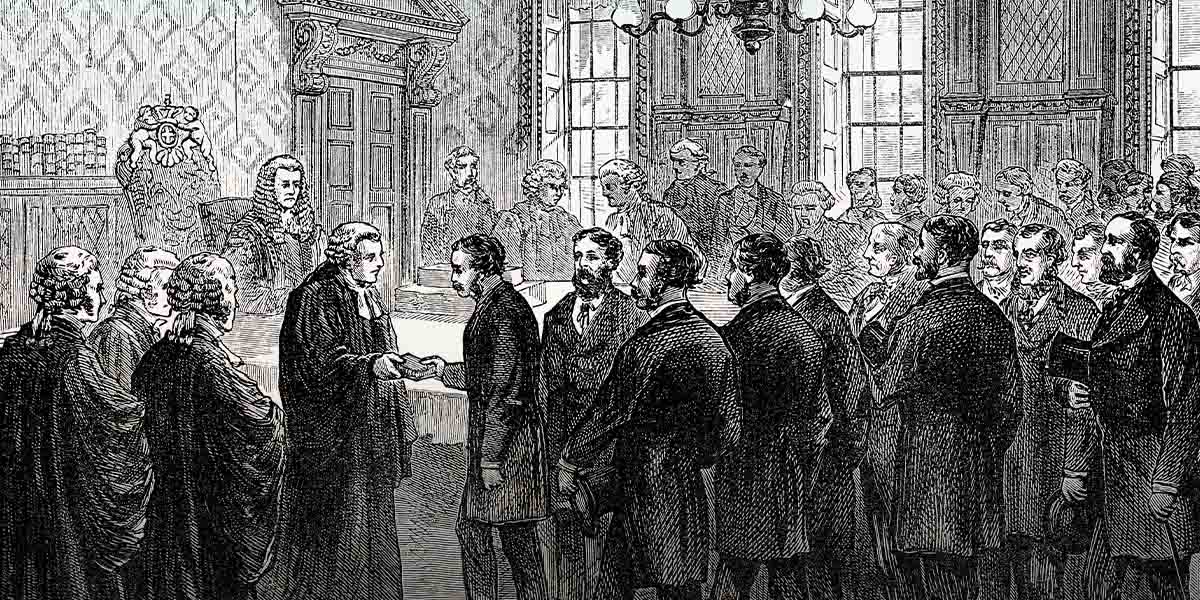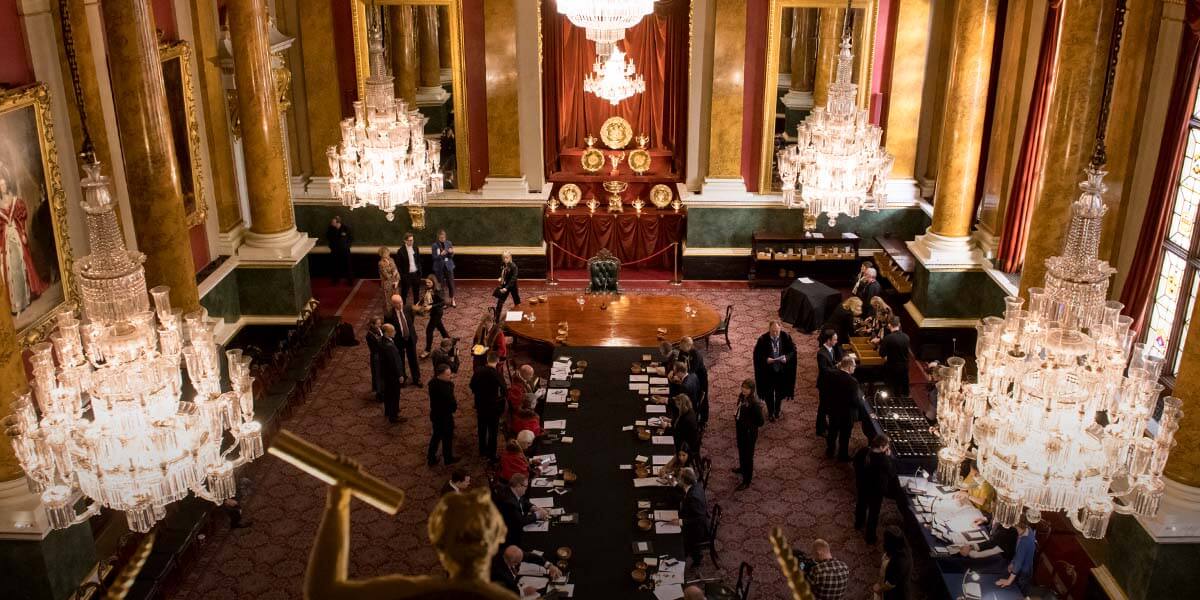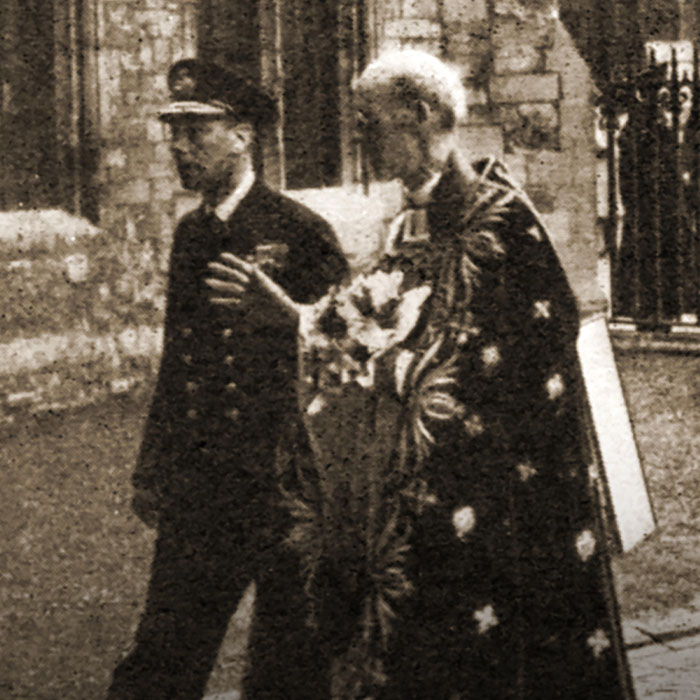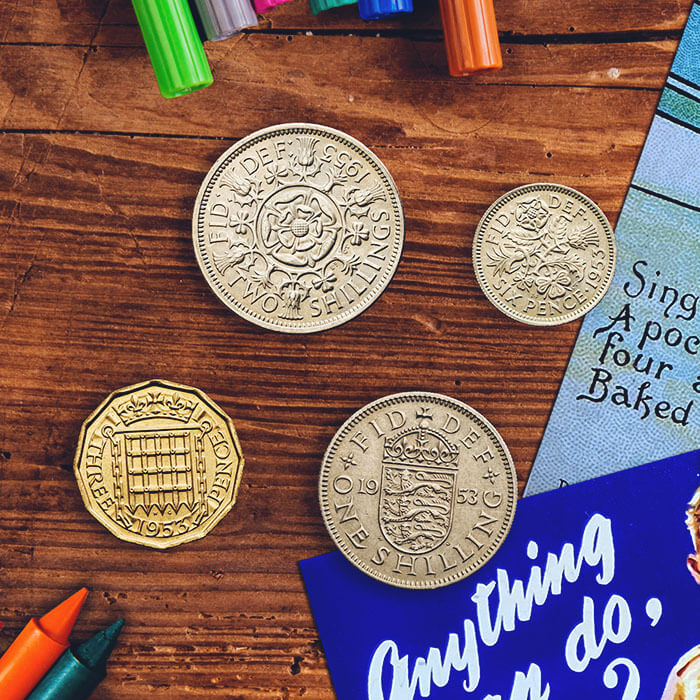Utilising trial plates to test their precious-metal content, this process ensures that the coins we produce are of the correct weight and fineness. The jury that oversees the Trial of the Pyx is a formal court of law. The trial itself is a legal procedure, as well as a tradition of upholding standards that lies at the heart of everything The Royal Mint does.

Today, the Trial of the Pyx takes place at Goldsmiths’ Hall where the Worshipful Company of Goldsmiths oversees proceedings. The Hall is an appropriate home for something as prestigious as the Trial of the Pyx, with its high ceilings, heavy woods and marble staircases throughout the building. The Trial of the Pyx has been held at Goldsmiths’ Hall since 1871, where it is overseen by the King’s Remembrancer of the Royal Courts of Justice.
Seated at the head of a large wooden table, the King’s Remembrancer sits with jurors as they prepare to examine the coins brought to the trial that year. Employees from The Royal Mint line up along the left of the hall, ready to distribute the coins that have travelled from Llantrisant. On the right of the hall is a row of chairs for observers, and beyond the large table is a public gallery where people can watch the trial.
Employees from The Royal Mint distribute packets full of 50 coins each amongst the jurors. The Trial of the Pyx gets its name from the wooden boxes in which the packets are stored on the way to the ceremony. ‘Pyx’ comes from the Latin word ‘pyxis’, meaning wooden box; these wooden boxes also lend their name to the Chamber of the Pyx in Westminster Abbey, where they were originally stored before the trial moved to Goldsmiths’ Hall.

Once the packets are opened, one coin from each is deposited into a copper bowl before the juror, while the remaining coins are deposited into a wooden bowl for counting. The coins in the copper bowls are taken away for assaying by the Worshipful Company of Goldsmiths; they are given two months in which to produce their verdict. Coins taken to the Assay Office are checked for their metallic composition, undergoing ‘destructive’ testing. Once these assayed coins are returned to The Royal Mint, they are then melted down and used for making other coins.
Out of the coins counted by the jurors, a limited few are available to collectors. As such, these particular coins may feature fingerprints or slight nicks from their handling at the Trial of the Pyx. However, these blemishes only add to the story of these coins, which have played an instrumental part in the history and traditions that uphold The Royal Mint’s unrivalled reputation. Making these coins available to purchase gives collectors the opportunity to own a part of numismatic history.
The exact number of coins taken to the Trial of the Pyx each year varies depending on the number of coins produced that year. Circulating coins aren’t the only ones under scrutiny; both commemorative and bullion coins are tested too. For every 20,000 cupro-nickel coins, every 15,000 silver coins, every 15,000 cupro-nickel and nickel-brass bimetallic coins, and for every 10,000 gold coins produced, one sample coin is pulled for testing. These sample coins are then placed into packets of 50, which are then sealed in the wooden pyx boxes, ready to be taken to the next Trial of the Pyx in London.







